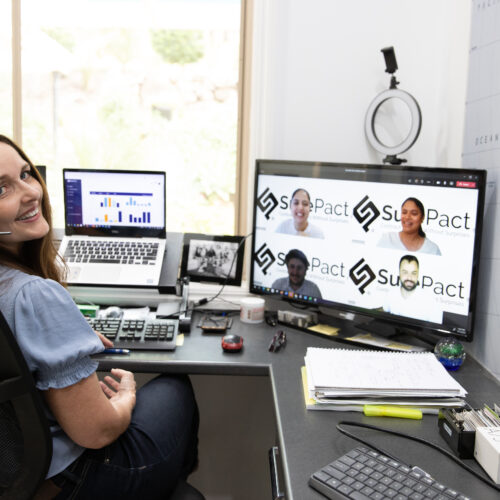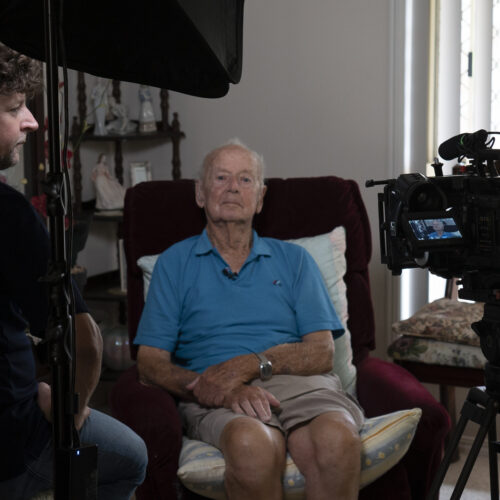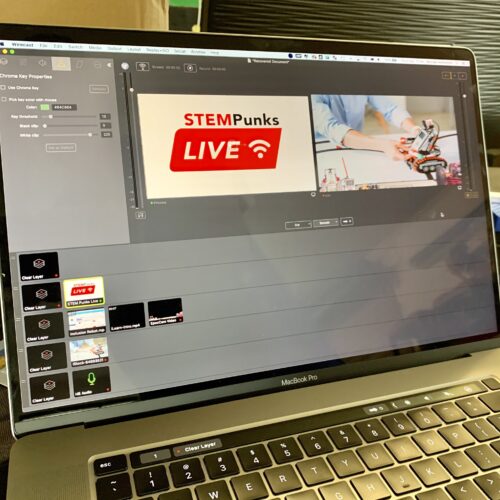The Abbey Museum of Art and Archaeology was opened in June 1986. According to Director, Edith Cuffe, the Museum’s vision is to “enrich lives through stories created through our collections”. Its collections are preserved in accordance with best practice principles and promote an impartial view of world history for visitors.
The Museum is managed by a small, dedicated group of full-time staff and 40 volunteers. Since the Museum does not receive government funding for everyday operating costs, it relies on an array of educational programs and events for revenue.
Abbey Museum offers activities, tours and events that focus on storytelling and education. These range from a mock archaeological dig of a Roman villa for school students studying ancient history to lecture events and a heritage trail. Through these activities volunteers engage (on average) with more than 1000 guests weekly. Signature events like their Picnic at Pemberley and the Medieval Festival -the largest in the southern hemisphere, are major drawcards that make history come to life for visitors and form part of critical fundraising events for the Museum.
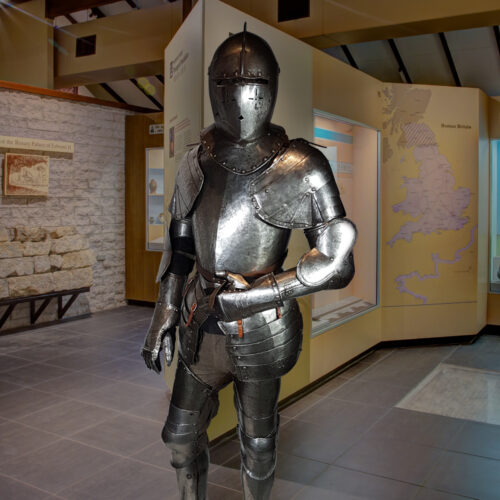
COVID impacts
The impact of the pandemic on the Abbey Museum was catastrophic. All programs, tours and events were abruptly cancelled including their biggest fund-raiser, the annual Medieval Festival. These cancellations led to significant financial losses. The loss of the Medieval Festival alone cost the museum nearly $500,000. This calculation is based not only on lost revenue and outlay for the event, but also on refunds to visitors and 80 market stall exhibitors. While the financial impact was difficult to bear, such events require months of planning and preparation and many volunteers contribute as a labour of love. The cancellation of the Medieval Festival and other programs and tours took a heavy psychological toll on the dedicated volunteers and staff.
The impact of the pandemic on the Abbey Museum was catastrophic. All programs, tours and events were abruptly cancelled including their biggest fund-raiser, the annual Medieval Festival.
Response
According to Edith, the initial shock and the “fear of losing everything”, hit the team hard. Having to stand down some volunteers was difficult, but the fact that some staff might be made redundant due to the reduction of Museum activities was a critical concern. The leadership of the Abbey Museum first focused on cost reduction, given the decrease in revenue. They aimed to do this wisely while remaining open to initiatives that could reduce future operating costs, such as the addition of solar and improved LED lighting systems.
Next, they addressed the need to find alternative revenue sources. Several innovations were quickly implemented. For example, free lectures were delivered via Zoom and Abbey Museum also opened a new online store selling a range of medieval-styled bags, jewellery, books, and teddy bears. Raffles were also moved online. In their first raffle the Museum offered a life-size replica of a 15th century suit of armour. This raffle proved popular with tickets selling out in four days. Their Camping through the Ages raffle raffles were themed along 1420 and 2020 style camping. Winners had the chance to win a medieval-style tent and cooking gear as well as a bottle of Abbey 2020 Mead. Abbey Mead (fermented honey drink) was also popular when launched on the Museum’s new online store, with 200 bottles sold out within five days. The Camping Through the Ages 2020 raffle prizes comprised modern camping equipment, a fire pit and hand-forged knife set.
In addition, the Abbey Museum found alternative approaches for making history come alive through storytelling. Their dedicated team of volunteers engaged with the community through smaller, in-person, targeted events that provided authentic experiences, such as special guided tours where guests could experience the Museum through the eyes of an artist and a series of four Victorian Christmas High Teas. Bookings for history-based workshops restarted.
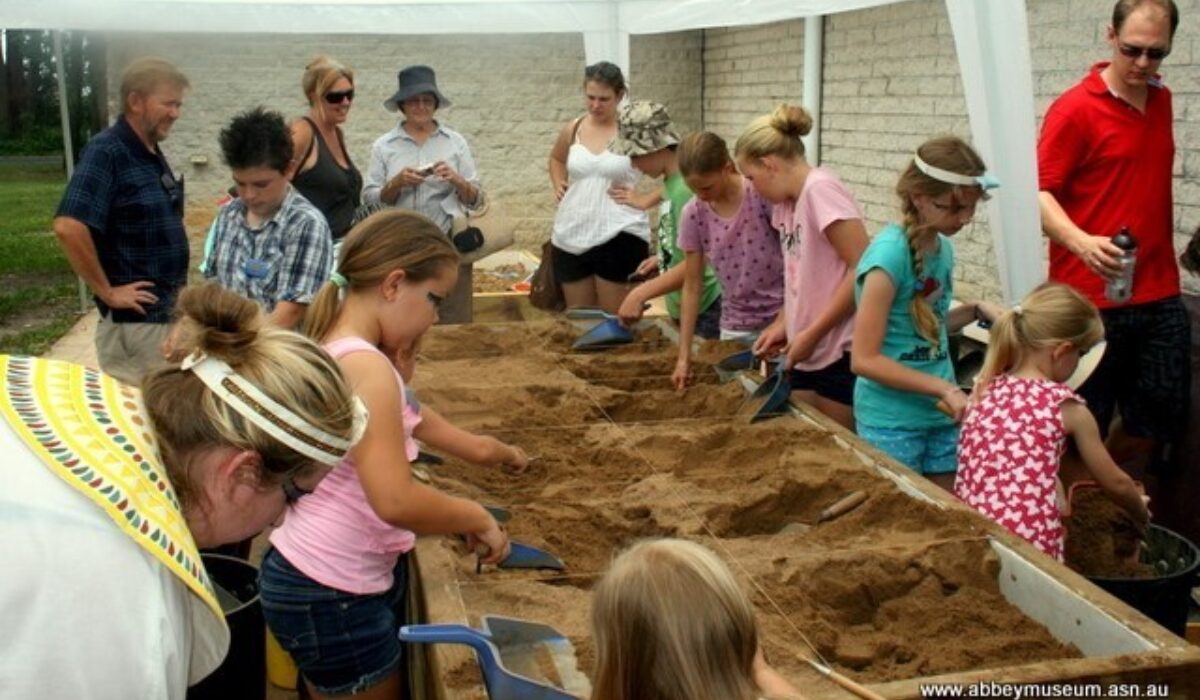
Future outlook
Edith is determined to keep the Museum running in spite of the pandemic but is aware that will be challenging. The Museum’s strategic focus will be on increasing return visitors to the Museum, but Edith remarks that requires a balancing act in what the museum offers: “We need to change enough to make a repeat visit interesting, but not so much that it changes the overall attraction of the Museum and its collections”.
